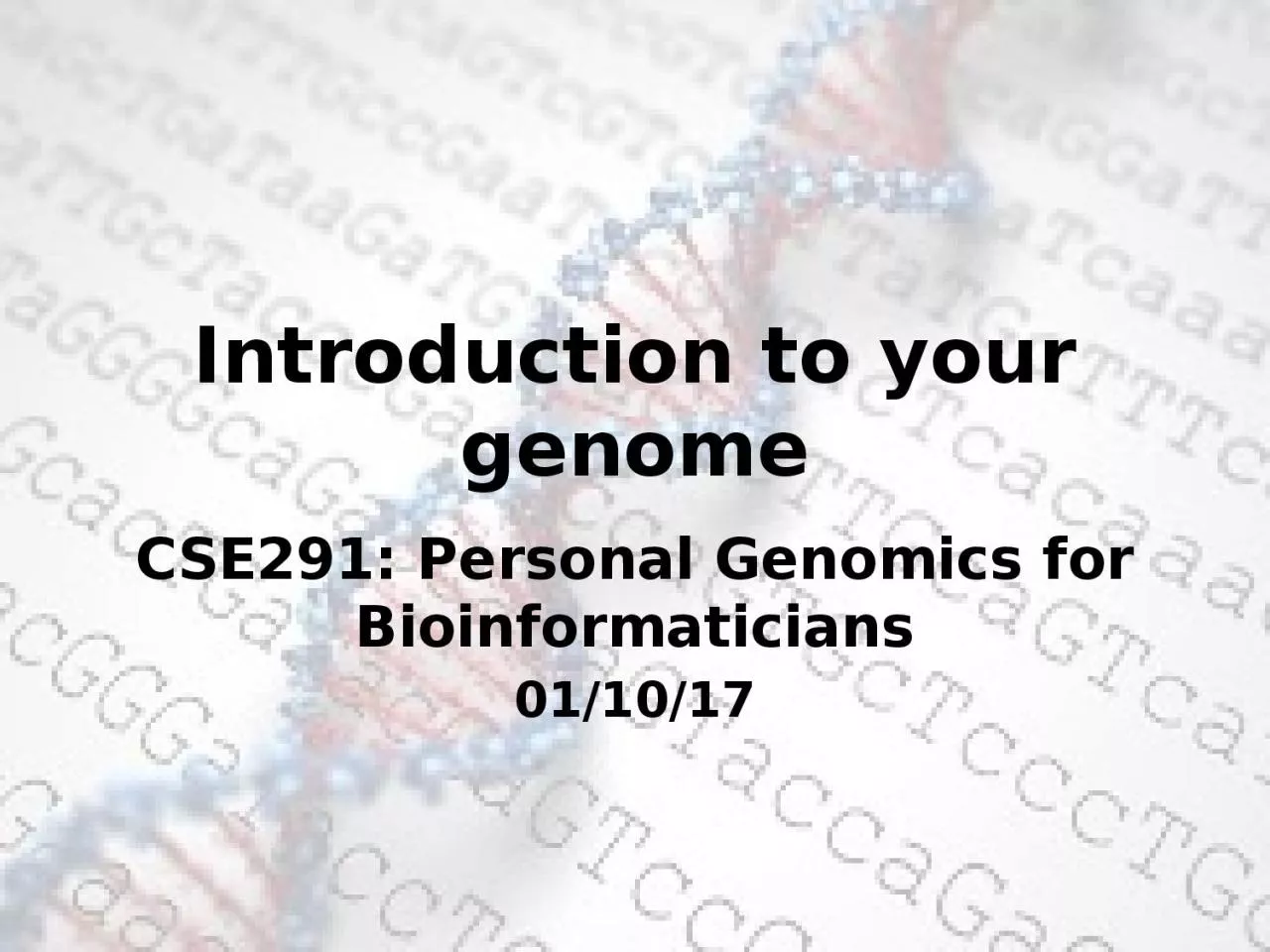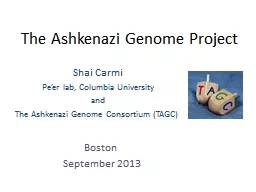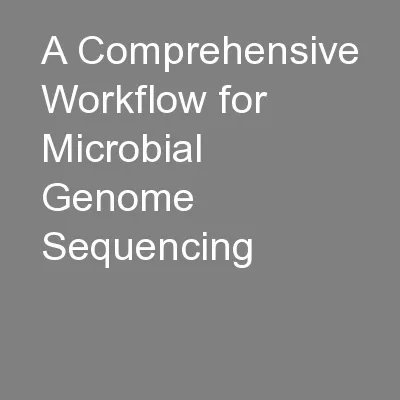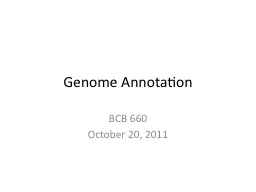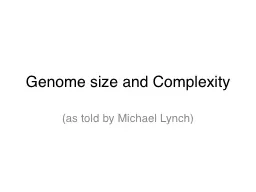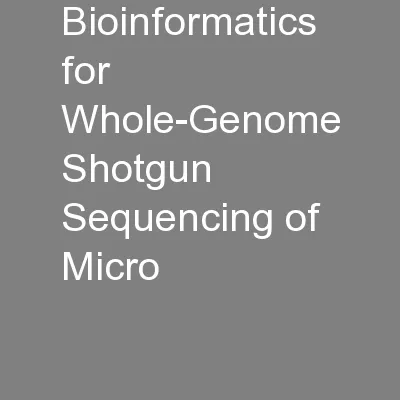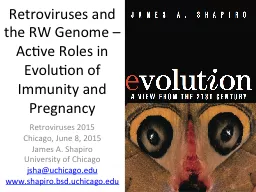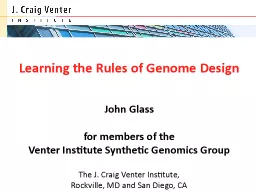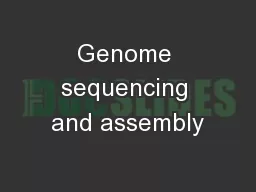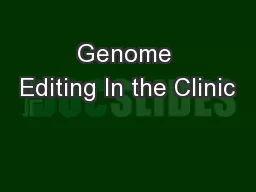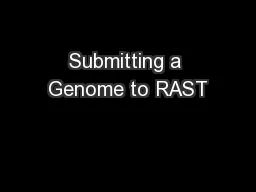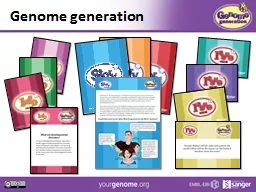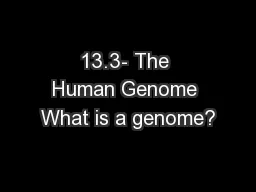PPT-Introduction to your genome
Author : ava | Published Date : 2024-02-03
CSE291 Personal Genomics for Bioinformaticians 01 1017 The personal genomics revolution 23andMe gt1 million customers 200 Genographic Project gt800000 customers
Presentation Embed Code
Download Presentation
Download Presentation The PPT/PDF document "Introduction to your genome" is the property of its rightful owner. Permission is granted to download and print the materials on this website for personal, non-commercial use only, and to display it on your personal computer provided you do not modify the materials and that you retain all copyright notices contained in the materials. By downloading content from our website, you accept the terms of this agreement.
Introduction to your genome: Transcript
Download Rules Of Document
"Introduction to your genome"The content belongs to its owner. You may download and print it for personal use, without modification, and keep all copyright notices. By downloading, you agree to these terms.
Related Documents

